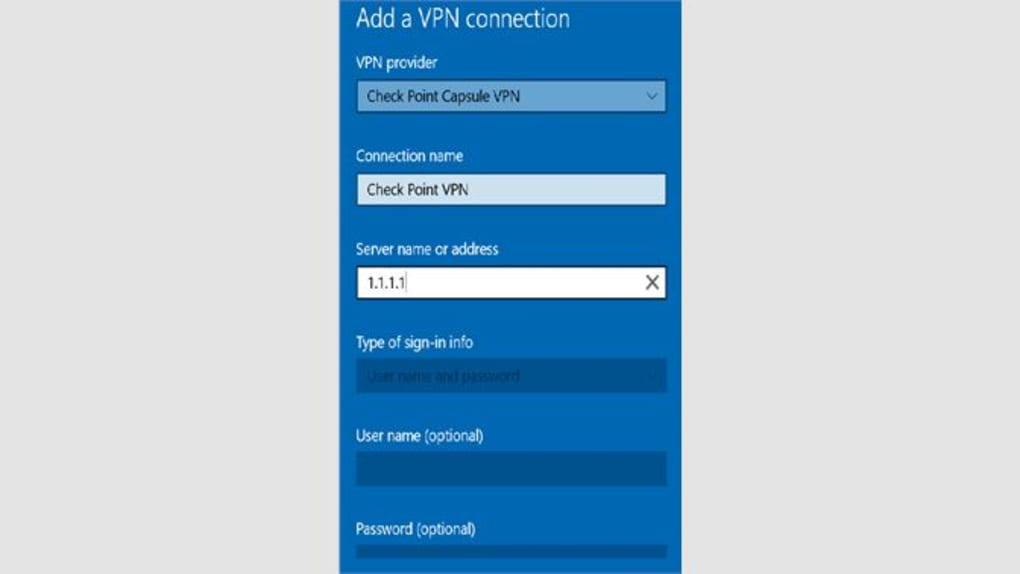
In this technique, panobinostat is used to drive the HIV DNA out of the patient's DNA, in the expectation that the patient's immune system in combination with HAART will destroy it.

Īs of 2014 panobinostat is being used in a Phase I/II clinical trial that aims at curing AIDS in patients on highly active antiretroviral therapy (HAART). Clinical trials Īs of August 2012, it is being tested against Hodgkin's Lymphoma, cutaneous T cell lymphoma (CTCL) and other types of malignant disease in Phase III clinical trials, against myelodysplastic syndromes, breast cancer and prostate cancer in Phase II trials, and against chronic myelomonocytic leukemia (CMML) in a Phase I trial. 29–51% are excreted via the urine and 44–77% via the faeces. īiological half-life is estimated to be 37 hours. It is also reduced, hydrolyzed and glucuronidized by unspecified enzymes. The substance is metabolised mainly through oxidation by the liver enzyme CYP3A4 and to a small extent by CYP2D6 and CYP2C19. Highest blood plasma levels in patients with advanced cancer are reached after two hours. Panobinostat is absorbed quickly and almost completely from the gut, but has a significant first-pass effect, resulting in a total bioavailability of 21%. Panobinostat inhibits multiple histone deacetylase enzymes, a mechanism leading to apoptosis of malignant cells via multiple pathways. Side effects Ĭommon side effects (in more than 10% of patients) include low blood cell counts ( pancytopenia, thrombocytopenia, anaemia, leucopenia, neutropenia, lymphopenia), airway infections, as well as unspecific reactions such as fatigue, diarrhoea, nausea, headache, and sleeping problems. To judge from experiments in animals, there is a risk for the unborn child if used during pregnancy still, the benefit of panobinostat may outweigh this risk. Panobinostat is contraindicated in nursing mothers.

Panobinostat is used in combination with the anti-cancer drug bortezomib and the corticoid dexamethasone for the treatment of multiple myeloma in adults who had received at least two previous treatments, including bortezomib and an immunomodulatory agent. However, in March 2022, it was withdrawn in the United States. Panobinostat was approved for medical use in the United States in February 2015, and in the European Union in August 2015. It is a hydroxamic acid and acts as a non-selective histone deacetylase inhibitor (pan-HDAC inhibitor). Panobinostat, sold under the brand name Farydak, is a medication used for the treatment of multiple myeloma.


 0 kommentar(er)
0 kommentar(er)
